6.8 Exercises
Unless otherwise specified, use ß=100.
Analysis Problems
- Determine the input and output impedances of the circuit of Figure 6.8.1.
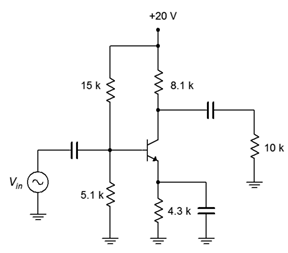
Figure 6.8.1 - Determine the load voltage for the circuit of Figure 6.8.1 if Vin is 10 mV.
- Determine Zin, Zout, and the load voltage for the circuit of Figure 6.8.2 if Vin is 70 mV.
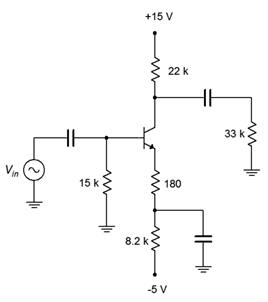
Figure 6.8.2 - Determine Zin, Zout, and the load voltage for the circuit of Figure 6.8.3 if Vin is 50 mV.
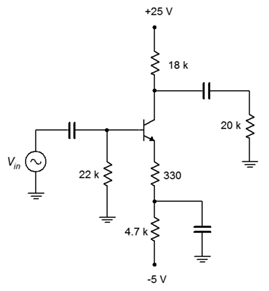
Figure 6.8.3 - Determine Zin, Zout, and the load voltage for the circuit of Figure 6.8.4 if Vin is 25 mV.
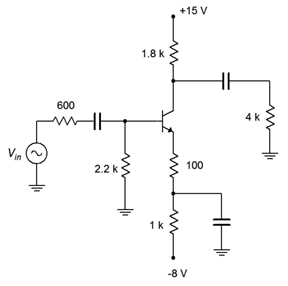
Figure 6.8.4 - Determine Zin, Zout, and the load voltage for the circuit of Figure 6.8.5 if Vin is 30 mV.
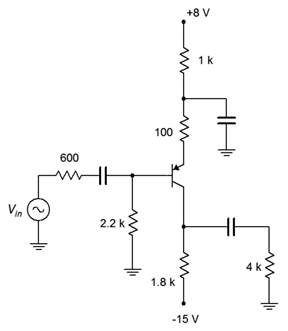
Figure 6.8.5 - Determine Zin, Zout, and the load voltage for the circuit of Figure 6.8.6 if Vin is 60 mV.
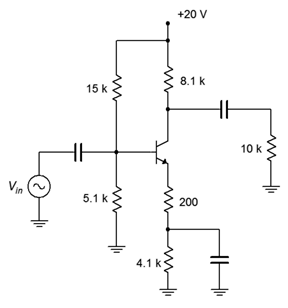
Figure 6.8.6 - Determine Zin, Zout, and the load voltage for the circuit of Figure 6.8.7 if Vin is 150 mV.
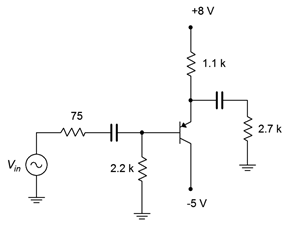
Figure 6.8.7 - Determine Zin, Zout, and the load voltage for the circuit of Figure 6.8.8 if Vin is 200 mV.
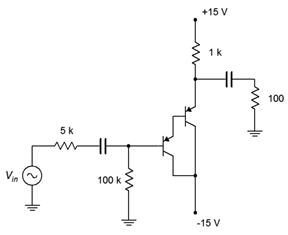
Figure 6.8.8 - Determine Zin, Zout, and the load voltage for the circuit of Figure 6.8.9 if Vin is 250 mV.
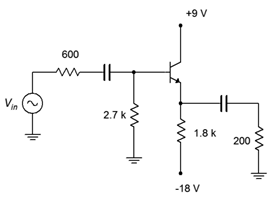
Figure 6.8.9 - Determine Zin, Zout, and the load voltage for the circuit of Figure 6.8.10 if Vin is 300 mV.
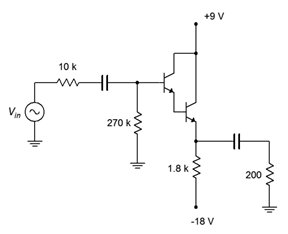
Figure 6.8.10 - Determine Zin, Zout, and the load voltage for the circuit of Figure 6.8.11 if Vin is 50 mV.
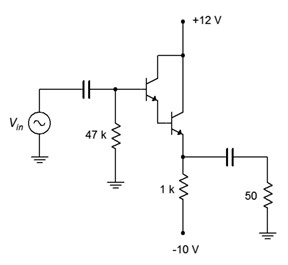
Figure 6.8.11 - Determine Zin, Zout, and the load voltage for the circuit of Figure 6.8.12 if Vin is 2 mV.
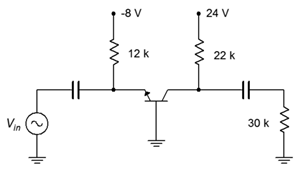
Figure 6.8.12
Design Problems
- Redesign the circuit of Figure 6.8.2 to halve the existing gain while keeping the Q point where it is currently.
- By using a Darlington pair, redesign the circuit of Figure 6.8.3 to double Zin.
- Redesign the circuit of Figure 6.8.3 so that it exhibits the same performance parameters but uses a PNP device.
- Redesign the circuit of Figure 6.8.5 to double the existing gain while keeping the Q point where it is currently.
- Redesign the circuit of Figure 6.8.7 so that it exhibits the same performance parameters but uses an NPN device.
Challenge Problems
- Determine the gain and input impedance for the circuit of Figure 6.8.13.
VCC = 20 V, VEE = −10 V, RB = 18 kΩ, RE1= 10 kΩ, RC1 = 12 kΩ, R1 = 33 kΩ,
R2 = 15 kΩ, RE2 = 5.6 kΩ, RSW = 400 kΩ, RC2 = 6.8 kΩ, RL = 24 kΩ.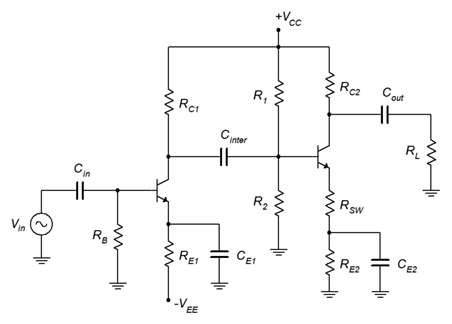
Figure 6.8.13 - For the circuit of Figure 6.8.10, replace its load resistor with the circuit of Figure 6.8.6 and determine the combined gain and input impedance of the system.
Computer Simulation Problems
- Use a transient analysis to verify the load voltage of problem 3.
- Use a transient analysis to verify the load voltage of problem 4.
- Use a transient analysis to verify the load voltage of problem 8.
- Consider the amplifier of Figure 6.8.1. Replace the 4.3 kΩ emitter resistor with a potentiometer of the same value. Connect the wiper arm to the emitter bypass capacitor. Run several transient analyses at different pot settings (0%, 25%, 50%, etc.). What can you conclude from the results?

